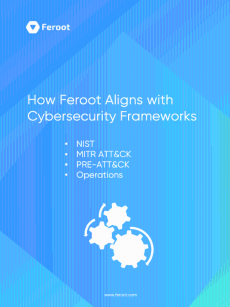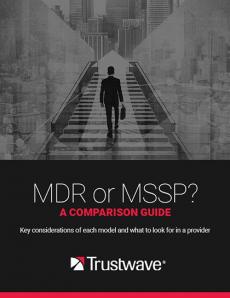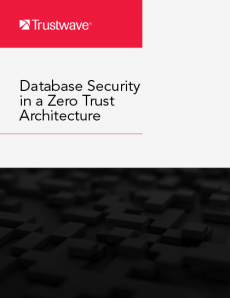Anomaly Detection in Cybersecurity for Dummies
One of the best ways to defend against both internal and external attacks is to integrate anomaly detection, a.k.a. user and entity behavior analytics capabilities, into your security analytics solution. In this e-book, we break down the different types of security anomalies and explain what each one looks like. We also explain how to determine the risk score of every user and host in the network. Finally, we cover five ways in which you can harden your defenses with anomaly detection.









